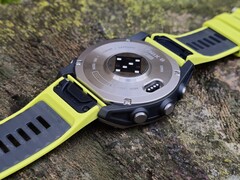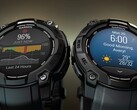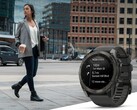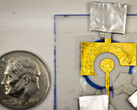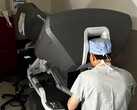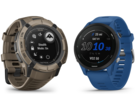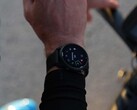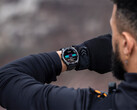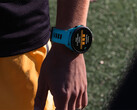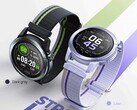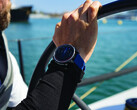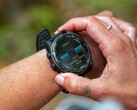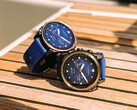Wearables from Garmin already measure a wide variety of health parameters, with the company continually working on expanding its sensor technology. A recently published patent revealed that Garmin is working on a method for measuring long-term blood glucose. Now, a new patent (US-12343124-B2, possibly only accessible via manual search here) has surfaced that describes the measurement of additional parameters. At this point, we should mention that this is a patent application only, which does not require that a measurement method actually meet the requirements of a medical device, and not every system, device or measurement method described in a patent ultimately finds its way to market.
The patent revolves around a process called pulse spectroscopy, i.e., the non-invasive analysis of blood flow using electromagnetic radiation. As usual, the patent is filled with technical illustrations, diagrams and absorption spectra, and also describes in detail how different wavelengths can be used to measure different parameters. A novelty here is the use of electromagnetic radiation with a wavelength of 850 nm and 1,000 nm, which can supposedly determine the hematocrit value. This indicates the proportion of cellular components in the blood and thus the proportion of erythrocytes in the blood volume.
Such a value is clinically relevant and can, for example, rise sharply in cases of dehydration due to a lack of fluid. For a wearable manufacturer like Garmin, which focuses on athletes, measuring hematocrit levels could be beneficial, as it could alert users to increase fluid intake in real time, based on more tangible data rather than just based on heart rate (i.e. exertion) and environmental factors such as ambient temperature. Furthermore, it is not uncommon for hematocrit levels to be lower in endurance athletes, so this parameter could also provide information about long-term performance development.




